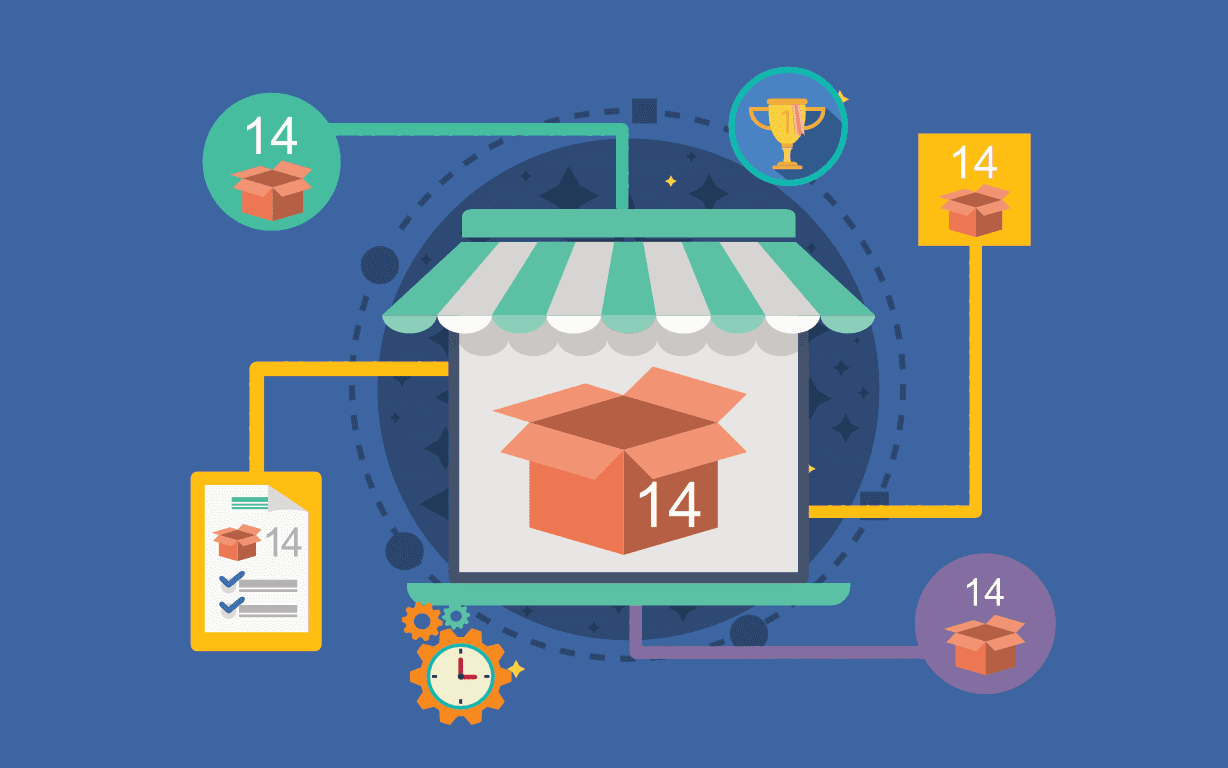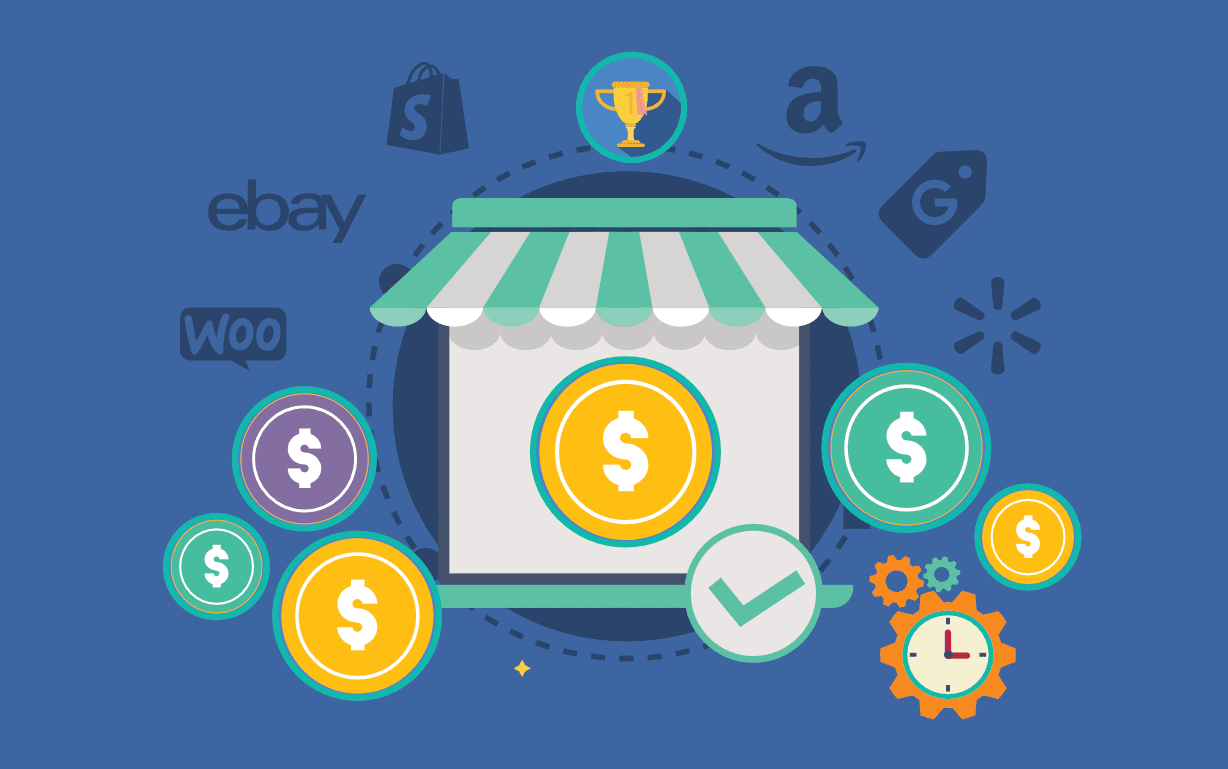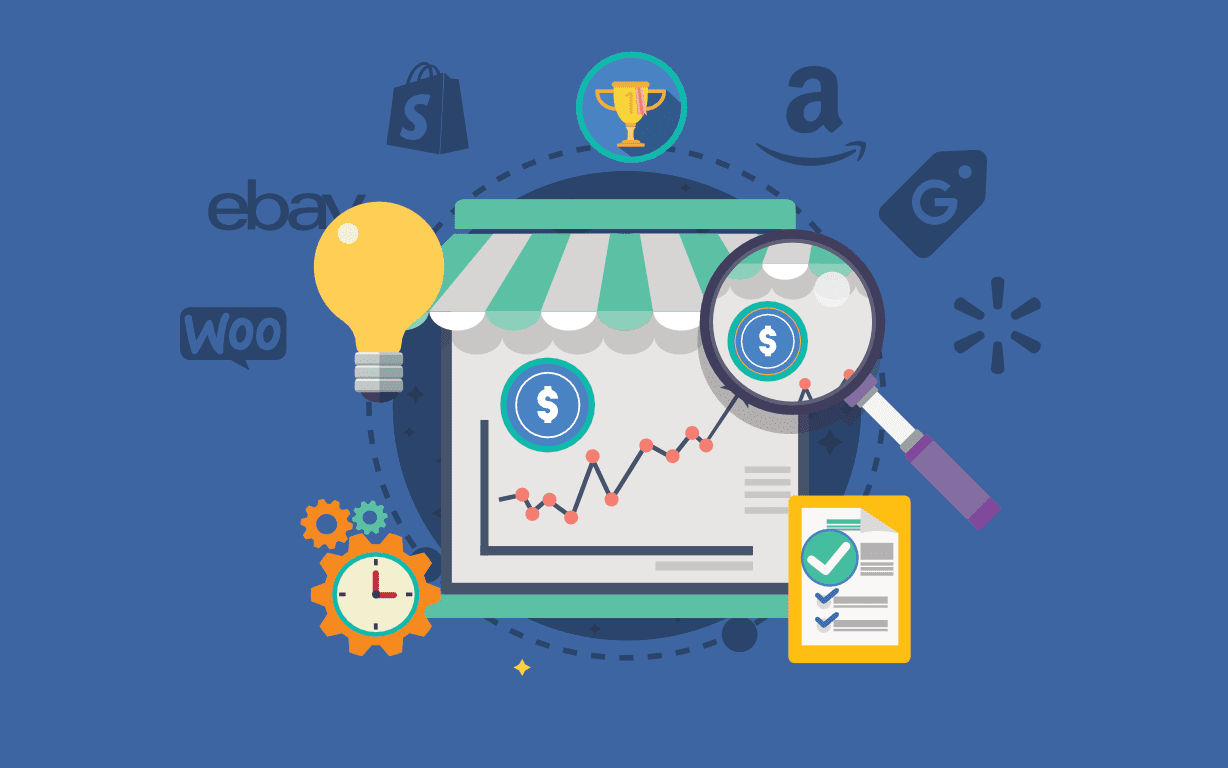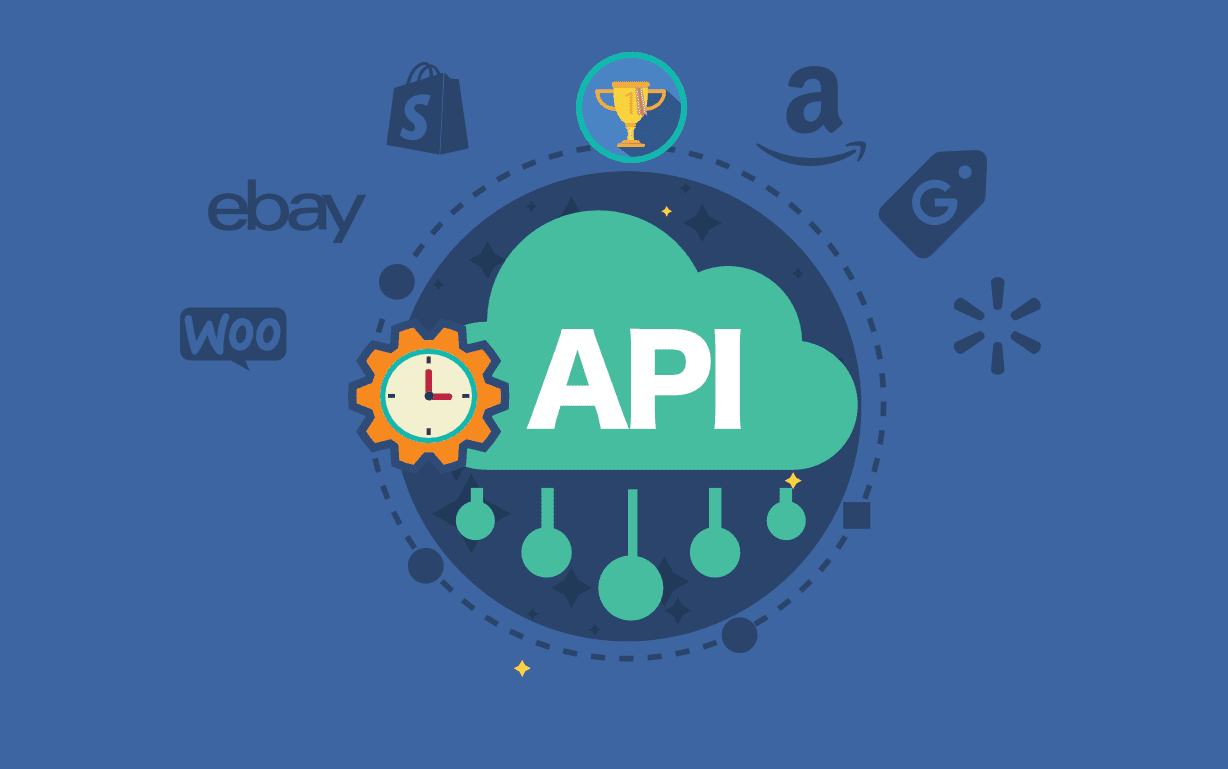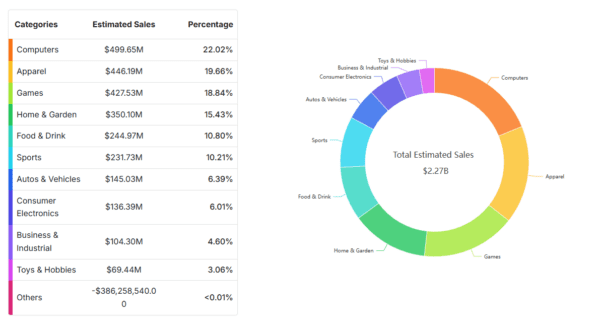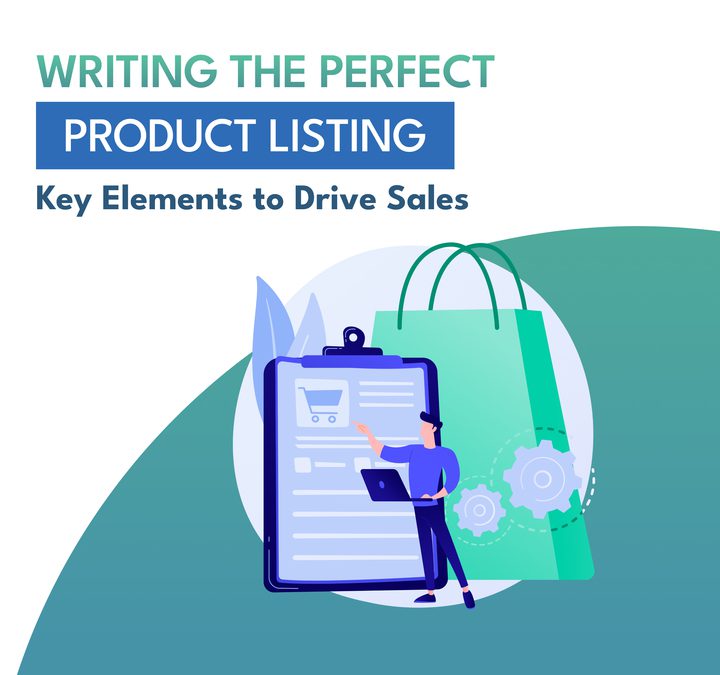
As an eBay or Etsy seller, crafting the perfect product listing is essential for attracting customers, generating sales, and scaling your business. A well-optimized and engaging listing can significantly impact your success in the competitive e-commerce landscape. In this comprehensive guide, we will delve into the key elements that make up a perfect product listing. Whether you’re a full-time entrepreneur or aiming to scale your business, implementing these strategies will help you create compelling listings that drive sales and maximize your online presence.
A perfect product listing goes beyond a simple description of your item. It serves as your virtual storefront, communicating your brand, establishing trust, and enticing customers to make a purchase. A well-crafted listing can drive organic traffic, improve conversion rates, and ultimately boost your sales and revenue. To achieve this, it’s crucial to understand and implement the key elements that make a product listing stand out among the competition.
Know Your Target Audience
Before creating your product listing, it’s vital to have a deep understanding of your target audience. Research their preferences, demographics, and purchasing behaviors. For example, if you sell handmade jewelry, your target audience might be fashion-conscious individuals who appreciate unique and personalized accessories. By knowing your audience inside out, you can tailor your listing to their specific needs and motivations, ultimately increasing the chances of making a sale.
Compelling Product Titles
Crafting attention-grabbing and descriptive product titles is the first step in capturing your audience’s attention. Your title should be concise, include relevant keywords, and highlight the most important aspects of your product. Let’s consider an example: instead of “Blue Dress,” you could use “Elegant Navy Blue Maxi Dress – Perfect for Summer Weddings.” By incorporating the color, style, and occasion in the title, you provide potential customers with valuable information that can entice them to click and learn more about the product.
High-Quality Product Images
Visual appeal is paramount in online sales. High-quality product images can significantly impact a customer’s purchasing decision. Invest in professional photography or learn how to capture visually appealing images yourself. Use proper lighting, angles, and backgrounds to showcase your product accurately. For example, if you sell handmade candles, include images that highlight the unique craftsmanship, texture, and packaging. Including lifestyle images that show the candles in a cozy home setting can help customers visualize how they can enhance their own space.
Persuasive Product Descriptions
Your product description is an opportunity to highlight the unique features and benefits of your item. Use persuasive language to captivate your audience and clearly explain how your product solves a problem or enhances their life. Structure your description with easy-to-read paragraphs, bullet points, and subheadings. For example, if you sell organic skincare products, describe how the ingredients nourish and rejuvenate the skin, and mention any certifications or endorsements. Incorporate storytelling techniques to evoke emotions and connect with your potential customers. Share a personal story about how the skincare products transformed someone’s skin or improved their confidence.
Highlight Unique Selling Points (USPs)
In a competitive marketplace, differentiating your product is crucial. Identify and emphasize your unique selling points (USPs) to set yourself apart from competitors. Whether it’s superior quality, innovative design, eco-friendly materials, or exceptional customer service, clearly communicate what makes your product special and why customers should choose it over alternatives. For example, if you sell handmade leather bags, highlight the craftsmanship, attention to detail, and use of sustainable materials. Mention that each bag is meticulously handcrafted by skilled artisans, ensuring a unique and long-lasting accessory.
Pricing and Competitive Analysis
Pricing your products competitively is essential for attracting customers and driving sales. Research your competitors’ pricing strategies to ensure that your pricing is competitive within your niche. Consider factors such as product quality, features, and the value you offer to determine the optimal price point. Additionally, use promotions, discounts, and bundling strategies strategically to entice customers and drive sales. For example, if you offer free shipping or a buy-one-get-one promotion, clearly state it in your listing to create a sense of urgency and value for customers. Mention that your pricing is lower or similar to that of your competitors, and highlight any special offers or limited-time discounts.
Clear and Detailed Product Specifications
Providing clear and detailed product specifications is vital for reducing customer inquiries and increasing trust. Include information such as dimensions, weight, color variations, compatibility, and any relevant certifications or safety standards. The more information you provide, the more confident customers will feel in making a purchase decision. For example, if you sell electronic gadgets, include technical specifications, warranty information, and compatibility details. Clearly state that your product is compatible with popular devices and operating systems, and provide detailed measurements to help customers make informed decisions.
Provide Accurate Shipping and Returns Information
Transparent and accurate shipping and returns information is crucial for customer satisfaction. Clearly state your shipping methods, estimated delivery times, and any associated costs or international restrictions. Additionally, outline your returns policy, including the process, timeframe, and any applicable fees. Providing this information upfront reduces uncertainty and builds trust with potential buyers. For example, if you offer expedited shipping options or a hassle-free return process, highlight it in your listing to reassure customers. Mention that you ship worldwide and offer flexible return options, ensuring a seamless and convenient shopping experience.
Utilize Keywords for SEO
Optimizing your product listing with relevant keywords is essential for search engine optimization (SEO) and improving your visibility in search results. Conduct keyword research to identify the terms your target audience is likely to use when searching for products similar to yours. Incorporate these keywords naturally throughout your product title, description, bullet points, and tags. However, avoid keyword stuffing, as it can negatively impact your listing’s readability and search rankings. For example, if you sell handmade ceramic mugs, include keywords such as “unique mugs,” “handcrafted ceramics,” or “artisanal coffee cups” in your listing. Show how your mugs are perfect for morning rituals, gifting occasions, or as collectibles.
Customer Reviews and Social Proof
Customer reviews and social proof play a significant role in building trust and credibility. Encourage satisfied customers to leave reviews and ratings on your product listing. Positive reviews provide social proof and influence potential buyers. Monitor and respond promptly to customer feedback, addressing any concerns or issues raised. Showcase positive reviews prominently on your listing to attract and reassure customers. For example, include testimonials or showcase customer photos using your product. Highlight a positive review that mentions how the product exceeded the customer’s expectations, demonstrating the quality and value of your offering.
Mobile Optimization
With the increasing use of smartphones for online shopping, optimizing your product listings for mobile devices is crucial. Ensure that your listing is mobile-friendly, with responsive design, fast loading times, and easy navigation. Test your listing on different devices and screen sizes to ensure a seamless user experience across all platforms. For example, ensure that images resize correctly, text is legible, and buttons are easy to tap. Mention that your product listings are optimized for mobile devices, allowing customers to browse and shop effortlessly from their smartphones or tablets.
Testing and Optimization
Continuously testing and optimizing your product listings is key to maximizing your sales potential. Experiment with different elements such as titles, images, descriptions, pricing, and keywords to determine what resonates best with your target audience. Use analytics tools to track performance metrics, such as click-through rates, conversion rates, and time on page. Make data-driven adjustments to improve your listings and drive better results. For example, A/B test different product images or variations of your product description to see which version performs better. Highlight a specific example where you tested two different product images and saw a significant increase in click-through rates and conversions with the more visually appealing image.
Final Thoughts
Crafting the perfect product listing requires careful attention to detail and a deep understanding of your target audience. By incorporating these key elements into your eBay or Etsy listings, you can increase your visibility, attract more customers, and ultimately drive sales. Remember to continuously monitor and optimize your listings to stay ahead of the competition and adapt to evolving customer preferences. With dedication, creativity, and a customer-centric approach, you can achieve remarkable success in scaling your online business.





